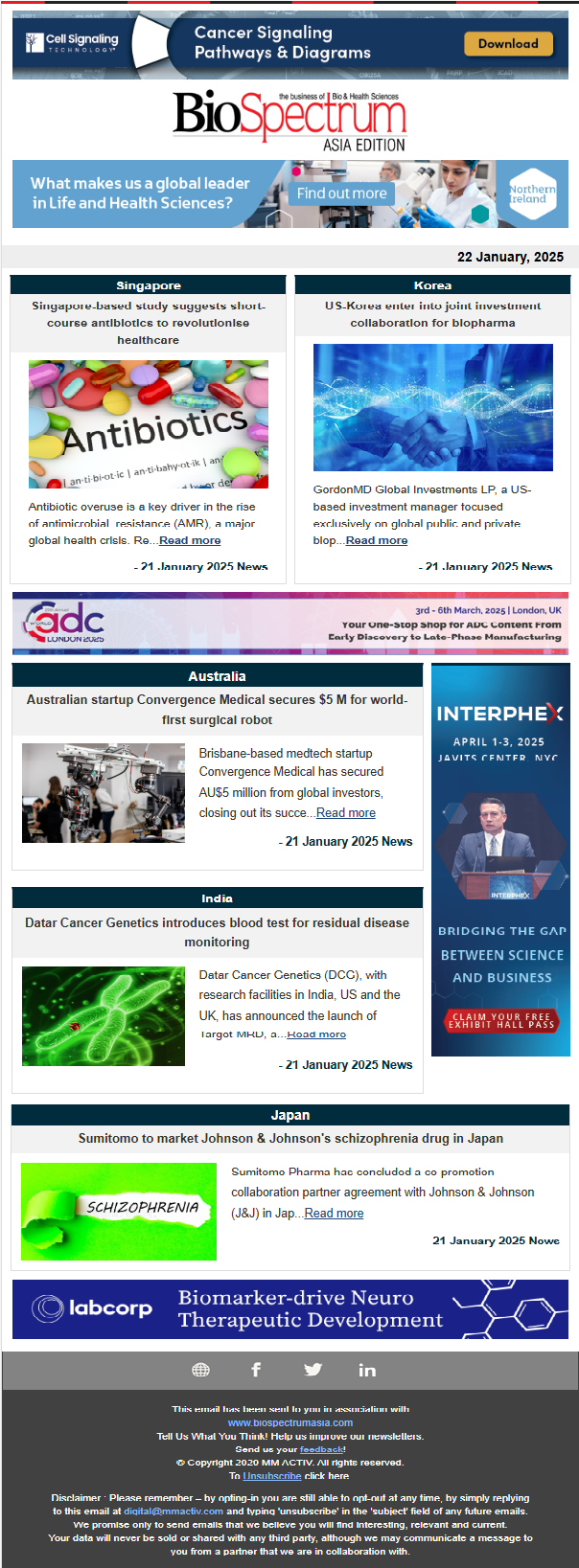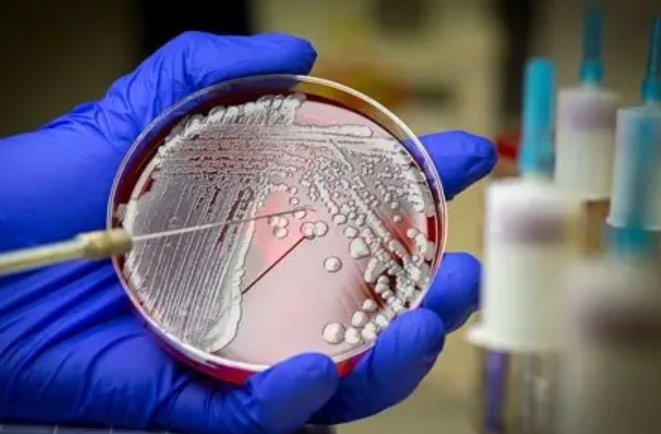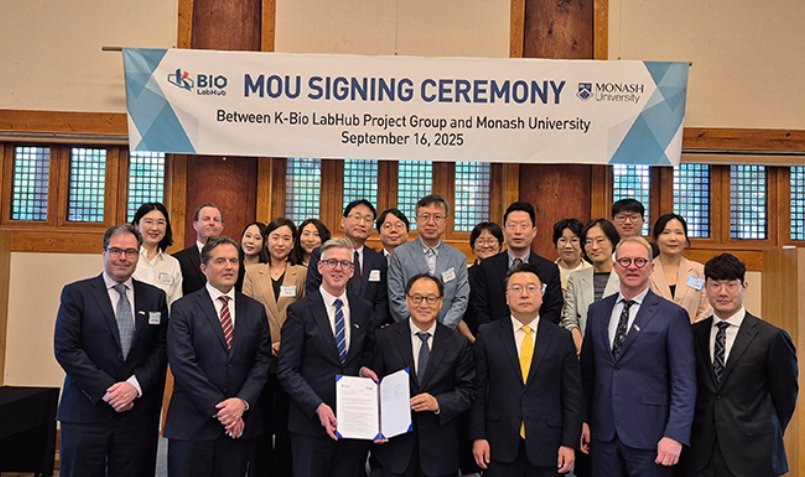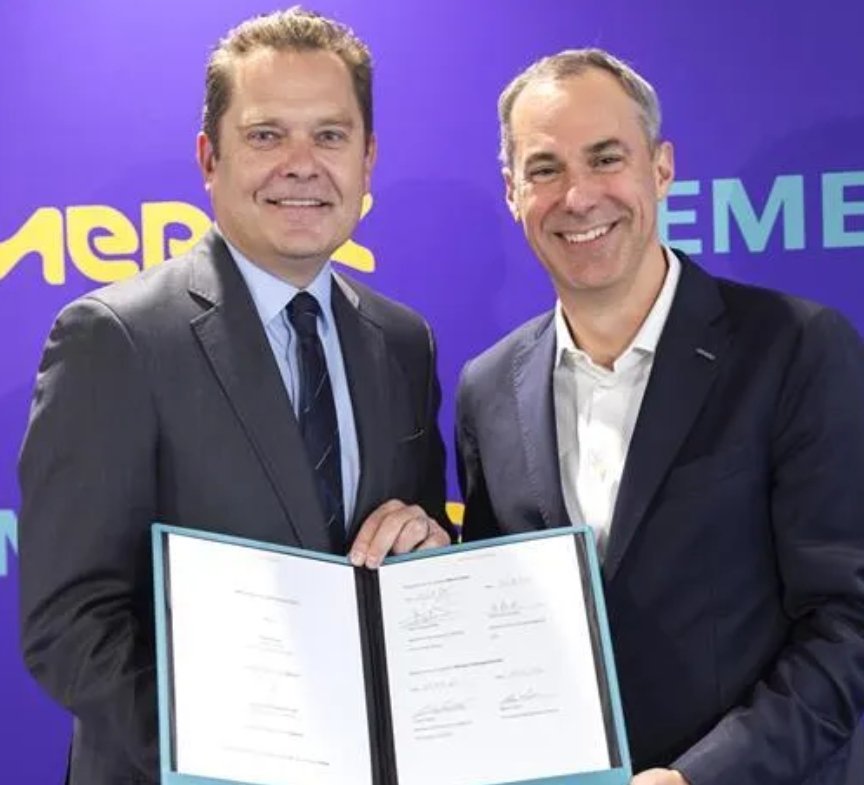
A team of researchers at the Fraunhofer Institute for Cell Therapy & Immunology, Germany, have devised a new lab-on-a-chip platform for detecting microorganisms in individual samples.
This new technology is based on using microfluidics, integrating sample volume transitions, lysis, nucleic acid isolation, PCR or LAMP based amplification, and real-time fluorescence detection.
Most commonly, pathogen detection is done by nuclear amplification testing which requires dedicated equipment and trained personnel. In order to simplify the procedure, researchers have come out with a new technique for enabling diagnostics in a more feasible way.
The technique is being used for detection of bacterial species such as E.coli and Salmonella currently. The main intention is to use the technique for critical conditions like sepsis, where few microorganisms need to be rapidly found in a large volume of blood.
The newly developed system is easy to use but requires further testing and evaluation before going on-board.




